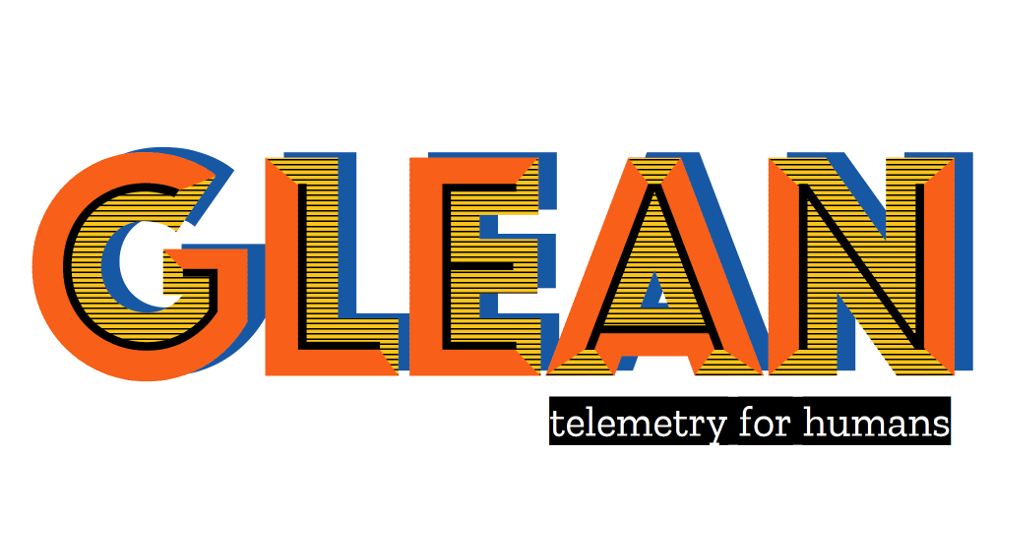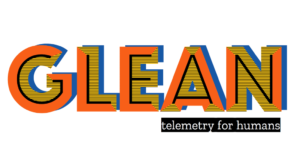(“This Week in Glean” is a series of blog posts that the Glean Team at Mozilla is using to try to communicate better about our work. They could be release notes, documentation, hopes, dreams, or whatever: so long as it is inspired by Glean.) All “This Week in Glean” blog posts are listed in the TWiG index (and on the Mozilla Data blog).
Back in February I got an M1 MacBook. That’s Apple’s new ARM-based hardware.
I got it with the explicit task to ensure that we are able to develop and build Glean on it. We maintain a Swift language binding, targeting iOS, and that one is used in Firefox iOS. Eventually these iOS developers will also have M1-based machines and want to test their code, thus Glean needs to work.
Here’s what we need to get to work:
- Compile the Rust portions of Glean natively on an M1 machine
- Build & test the Kotlin & Swift language bindings on an M1 machine, even if non-native (e.g. Rosetta 2 emulation for x86_64)
- Build & test the Swift language bindings natively and in the iPhone simulator on an M1 machine
- Stretch goal: Get iOS projects using Glean running as well
Rust on an M1
Work on getting Rust compiled on M1 hardware started last year in June already, with the availability of the first developer kits. See Rust issue 73908 for all the work and details. First and foremost this required a new target: aarch64-apple-darwin. This landed in August and was promoted to Tier 21 with the December release of Rust 1.49.0.
By the time I got my MacBook compiling Rust code on it was as easy as on an Intel MacBook. Developers on Intel MacBooks can cross-compile just as easily:
rustup target add aarch64-apple-darwin
cargo build --target aarch64-apple-darwinGlean Python & Kotlin on an M1
Glean Python just … worked. We use cffi to load the native library into Python. It gained aarch642 macOS support in v14.4.1. My colleague glandium later contributed support code so we build release wheels for that target too. So it’s both possible to develop & test Glean Python, as well as use it as a dependency without having a full Rust development environment around.
Glean Android is not that straight forward. Some of our transitive dependencies are based on years-old pre-built binaries of SQLite and of course there’s not much support behind updating those Java libraries. It’s possible. A friend managed to compile and run that library on an M1. But for Glean development we simply recommend relying on Rosetta 2 (the x86_64 compatibility layer) for now. It’s as easy as:
arch -x86_64 $SHELL
make build-kotlinAt least if you have Java set up correctly… The default Android emulator isn’t usable on M1 hardware yet, but Google is working on a compatible one: Android M1 emulator preview. It’s usable enough for some testing, but for that part I most often switch back to my Linux Desktop (that has the additional CPU power on top).
Glean iOS on an M1
Now we’re getting to the interesting part: Native iOS development on an M1. Obviously for Apple this is a priority: Their new machines should become the main machine people do iOS development on. Thus Xcode gained aarch64 support in version 12 long before the hardware was available. That caused quite some issues with existing tooling, such as the dependency manager Carthage. Here’s the issue:
- When compiling for iOS hardware you would pick a target named
aarch64-apple-ios, because … iPhones and iPads are ARM-based since forever. - When compiling for the iOS simulator you would pick a target named
x86_64-apple-ios, because conveniently the simulator uses the host’s CPU (that’s what makes it fast)
So when the compiler saw x86_64 and iOS it knew “Ah, simulator target” and when it saw aarch64 and ios it knew “Ah, hardware”. And everyone went with this, Xcode happily built both targets and, if asked to, was able to bundle them into one package.
With the introduction of Apple Silicion3 the iOS simulator run on these machines would also be aarch644, and also contain ios, but not be for the iOS hardware.
Now Xcode and the compiler will get confused what to put where when building on M1 hardware for both iOS hardware and the host architecture.
So the compiler toolchain gained knowledge of a new thing: arm64-apple-ios14.0-simulator, explicitly marking the simulator target. The compiler knows from where to pick the libraries and other SDK files when using that target. You still can’t put code compiled for arm64-apple-ios and arm64-apple-ios14.0-simulator into the same universal binary5, because you can have each architecture only once (the arm64 part in there). That’s what Carthage and others stumbled over.
Again Apple prepared for that and for a long time they have wanted you to use XCFramework bundles6. Carthage just didn’t used to support that. The 0.37.0 release fixed that.
That still leaves Rust behind, as it doesn’t know the new -simulator target. But as always the Rust community is ahead of the game and deg4uss3r started adding a new target in Rust PR #81966. He got half way there when I jumped in to push it over the finish line. How these targets work and how LLVM picks the right things to put into the compiled artifacts is severly underdocumented, so I had to go the trial-and-error route in combination with looking at LLVM source code to find the missing pieces. Turns out: the 14.0 in arm64-apple-ios14.0-simulator is actually important.
With the last missing piece in place, the new Rust target landed in February and is available in Nightly. Contrary to the main aarch64-apple-darwin or aarch64-apple-ios target, the simulator target is not Tier 2 yet and thus no prebuilt support is available. rustup target add aarch64-apple-darwin does not work right now. I am now in discussions to promote it to Tier 2, but it’s currently blocked by the RFC: Target Tier Policy.
It works on nightly however and in combination with another cargo capability I’m able to build libraries for the M1 iOS simulator:
cargo +nightly build -Z build-std --target aarch64-apple-ios-simFor now Glean iOS development on an M1 is possible, but requires Nightly. Goal achieved, I can actually work with this!
In a future blog post I want to explain in more detail how to teach Xcode about all the different targets it should build native code for.
All The Other Projects
This was marked a stretch goal for a reason. This involves all the other teams with Rust code and the iOS teams too. We’re not there yet and there’s currently no explicit priority to make development of Firefox iOS on M1 hardware possible. But when it comes to it, Glean will be ready for it and the team can assist others to get it over the finish line.
Want to hear more about Glean and our cross-platform Rust development? Come to next week’s Rust Linz meetup, where I will be talking about this.
Footnotes:
- See Platform Support for what the Tiers means.↩︎
- The other name for that target.↩︎
- “Apple Silicon” is yet another name for what is essentially the same as “M1” or “macOS aarch64”↩︎
- Or
arm64for that matter. Yes, yet another name for the same thing.↩︎ - “Universal Binaries” have existed for a long time now and allow for one binary to include the compiled artifacts for multiple targets. It’s how there’s only one Firefox for Mac download which runs natively on either Mac platform.↩︎
- Yup, the main documentation they link to is a WWDC 2019 talk recording video.↩︎














